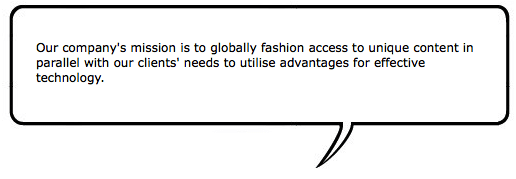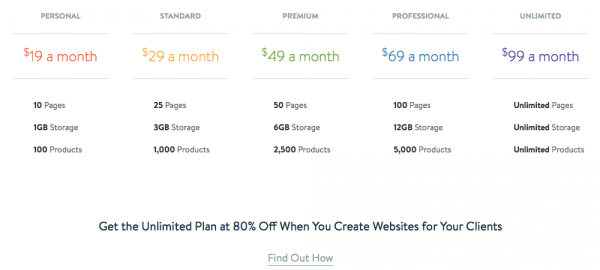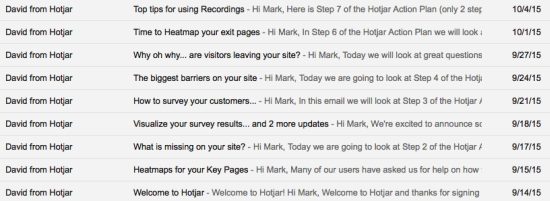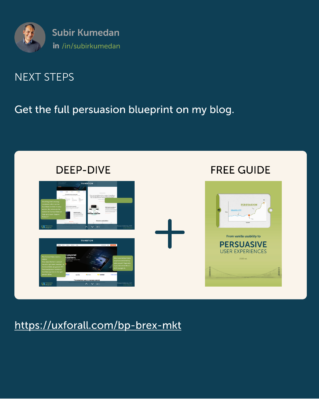Table of Contents
A. Prospect Stage
1. Explain yourself, in English please

Growth-hacking is in vogue. Growth at any cost and using every trick in the book and then some.
Companies great at driving traffic and getting people to sign up are ubiquitous. Companies great at engaging newly acquired customers and making them sticky – they’re about as rare as unicorns.
Winning over the competition is not simply getting sign-ups. It is getting your new customers to take actions beyond signing up. More than once. And enough actions in a short period of time that they overcome the learning curve and integrate your product or service into their workflow.
Only then you should think of them being loyal and engaged fans Its about finding and fixing the cracks through which your customers are most likely to fall through.
And remembering that for all the latest technology, we still want a warm, human touch.
Here is a step-by step approach that will help you successfully get your new customers onboard and achieve success by doing so.
When I work with companies, regardless of size or industry, the first obstacle I encounter is the curse of knowledge. This affects us all.
Picture yourself in a remote Amazon village. How would you explain your smartphone to someone who barely understands what a phone is? And why you’re so dependent on it?
Similarly, when you live and breathe your product, you stop explaining it the way you used to when you were first getting started – with metaphors or sketches.
So how do you overcome this fundamental flaw?
SOLUTION: Do these 3 things
- Talk to a few of your potential customers, not your friends/ or peers.
- Tell them what your product or service does
- Now ask them how they would explain it to their friends in a social setting.
Repeat steps 2 & 3 until your friends can explain easily what you do in a way that you want them to.
2. Tell stories that are emotional over features
If features were the most important key to a sale, no Silicon valley company would ever fail.
Strong words, but {true}.
Every day we’re inundated by features. The problem with this is two-fold.
- You shift your prospect into analytical thinking – where they now compare features against your competitors or their own toolkit.
- In most cases, the prospect has to connect the dots between your feature set and how they would apply within their workflow or organization.
When people make buying decisions in a business environment – they look at solutions with professional and personal lenses.
- How will this solve our business problem?
- How will this reflect on me or help me personally?
- What’s the cost/time commitment aka should I wait for a better time?
Instead, deliver the emotional benefit of the benefit to create a compelling, urgent desire.
Stories are the best way to deliver the emotional benefit.
SOLUTION:
- Explain how your product will help – personally and professionally
- Share customer anecdotes of how your product was
- Read the chapter of “Make Ideas Stick – Chip Heath” to see examples of story telling for products that create a strong emotional connection.
3. Engage your prospect with the right message.
The most successful product pages are those that overcome inertia and fear (or doubt).
Inertia is by far the worst enemy.
Inertia to take the next step stems from three reasons:
- A lack of urgency
- Failure to overcome fears
- Failure to visualize success (motivation)
Each person experiences these at a personal, emotional level that they need to overcome to take the next step.
SOLUTION:
To overcome inertia, you need to understand the customer’s journey.
- Create actionable customer personas that detail pain points and motivations alongside lifestyle and demographic information.
- Map journeys of your personas across channels and marketing stages to understand where the key decision-making touchpoints lie.
- Pinpoint the strongest negative emotions they experience at those decision-making touchpoints.
Now you will be able to create content that addresses true customer fears and motivations.
Rand Fishkin explains in this UserTesting webinar how he used customer research to uncover fears and increase conversion and retention.
B. Conversion Stage
4. Simple sign-up (one-stage or two-stage)
Once your customer is ready to buy or try, getting them on-board should be easy and painless.
Remove all distractions – sidebars, navigation – treat it like online checkout.
Regardless of what’s required to on-board, the first screen of your sign-up should always be dead-simple. A username and password, and one other critical field.
The first screen is not the place to ask for detailed or personal information..
If your sign-up includes multiple on-boarding items, then split the second step into bite-size chunks that are grouped together.
The grouping creates good user flow and lets you provide context at abandonment points.
SOLUTION:
Review IFTTT, Betterment and Virgin America to see how you can get prospects through a multi-step on-boarding process.
5. Minimize Analysis paralysis
If you’re an online SAAS, you might provide multiple options to choose from. Free. Free Trial, Paid w/Money Back, Basic, Pro, Pro Plus, Team…

The pricing table is what you don’t want the user to be going through.
Use data, or customer research, to figure out the options that result in the most sign-ups and/or the most retentions. Recommend one and provide up to two other options.
Just understand that you cannot eliminate analysis paralysis entirely. But reducing it even a tad can increase your conversion exponentially.
Here’s data showing how for e-commerce, simplifying decision-making by 20%….
As a bonus, indicate that it is easy to switch from one plan to another. By doing so, you take some of the mental load off your prospect of picking the wrong option to start with.
SOLUTION:
- 1. Limit to 3 plans or two clear options
- 2. Message the ease of making a switch
- 3. Offer up live chat, or a quick way to ask a question for prospects who’re not ready to hit the sign-up button.
C. Early Customer Stage
This is the stage where your customer needs the most help and encouragement. The steeper the learning curve, and there always is one, the more you need to be available to help your new customer get integrated with your product or service.
6. Start small - one action they can take
A lot of companies will drop you into the full product and let the customer figure their way around. Their might even be a knowledgebase, videos or customer forums.
What usually there isn’t is a Getting Started checklist. Something, anything that tells a customer what they should do first, then second and so on. And provide resources to help them complete those actions.
The goal should be to make the first few actions really easy. Something they can do on their own, without getting another resource like a developer involved or going through a steep learning curve.
What if your first action does require getting a developer involved?
In this scenario, you could make the first action be about making a quick plan, with some templates available as starting points.
SOLUTION:
Get your new customer to invest only small chunks of time up-front. Doing, planning and learning (in that order). Do so and you will be far ahead of your competitors.
7. Nurture heavily, then continuously.
You need a lot of care and water when you first plant a seedling. It’s the same with your new customers.

Your communication and hand-holding should follow a similar cadence. Frequent and helpful at first, followed by regular correspondence on solving specific problems and /or getting the best out of your product.
SOLUTION:
Sign up for Hotjar and Segment.io and see how they nurture new customers and help them get up to speed with their products.
Get your customers onboard is a lot more than getting them to sign-up. It is getting them comfortable and committed to the learning curve. The ease of the first few few actions coupled with available help options give new customers the confidence that they can overcome the learning curve and integrate your product or service into their workflow.
Only then will your growth marketing efforts create long-lasting success.





Comments
Comment policy: We love comments and appreciate the time that readers spend to share ideas and give feedback. However, all comments are manually moderated and those deemed to be spam or solely promotional will be deleted.